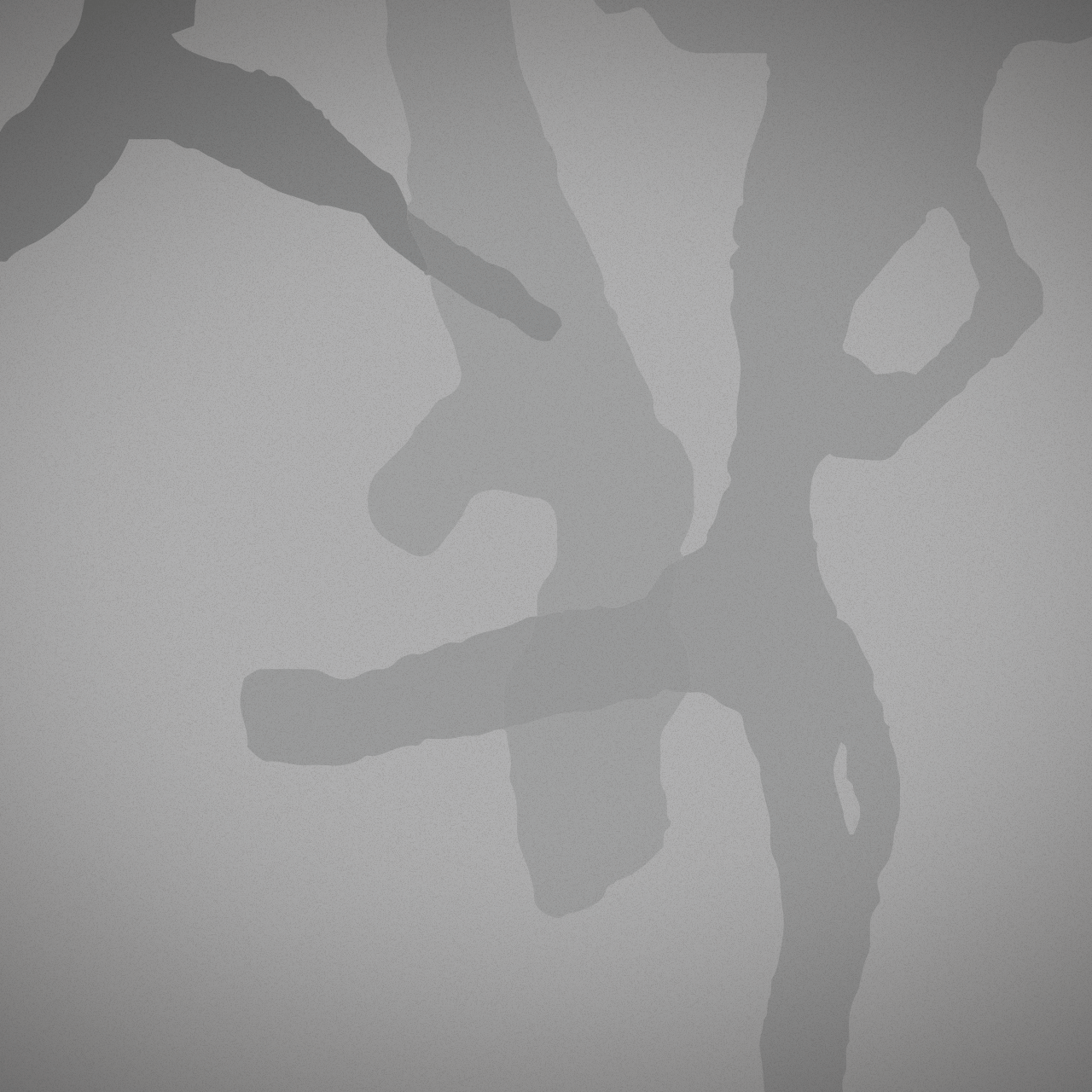Oct 31, 2013 - Our Intentions

Working on the score and grounding our intentions
Over the last two weeks, the main focus of rehearsals both in the DTES and in the studio with Karen have been focused on clarifying the score. An edited and updated version of last years score, this looks like several pages divided into four, consisting of simple annotated animations of the dance. There are twelve scenes that take us from the steps of the Carnegie Community Centre down Hastings Street to the World Art Centre Studio at SFU Woodwards. This procession is a literal and symbolic bridging of the community, from the community centre to the contestedly gentrified space of the (relatively) new university campus.
Some of the elements that need the most clarifying and specifying for this project are the relationship with live musicians and non-Western musical structures, spacing of the movement effectively with such a large group, establishing cues and leaders. Nearing performance time, energies can rise dramatically and it is imperative to keep confirming the reasons that we share space together but also to maintain a certain degree of structure so energies don't get too frayed. We spend some time working with the nature of the musicality of Sarah's song, which is not squarely countable like Western music. Given this, we listen carefully to the ways that she structures the song through phrasing and breath and form the dancing cues according to these more subtle sounds. We speak of the rights to bring certain songs into the space, and that without these particular musicians, we cannot use the songs.
Structurally, we have to take into account the movement capacities of each dancer. Some enjoy moving quickly, while others move more slowly. We structure the improvisational pathways through space accordingly, making it clear that there is no pressure to conform to the others. It is through this permission to completely inhabit ones own body that the dancers shine.
When the group gets distracted, I have noticed Karen accessing specific actions and reminding the room of elements of the practice that help to bring energies back into the sensations in the body. At one of these times, she led the group to focus on "the roots under the feet, pay a lot of attention to the big toe and the big toe mound, and feel where your sitting bones are over the feet". This dialogue and the simplicity of the action grounds the excitement into a place where focus can be regained.
At a recent workshop, there was a lot to work on and the energy in the space quickly became heightened. Some participants got frustrated, more conversation arose because of confusion about certain aspects of the score and the change in music for one particular section in rehearsal. This occurred close to the end of the workshop, and there was a very real sense that it could easily get out of hand. Karen used this moment to speak about past participants and their presence in the space. In one scene, there will be slides of past participants who have moved, passed away or are ill. Karen reiterates that these people have contributed to the work of CONNECT and it is important to honour them. Addressing this spirit of togetherness, connection and respect serves to reestablish some of the goals of dancing as a group in the DTES. Dalannah, one of the musicians, nods her head sincerely and then speaks of her own sentiments towards the importance of the work. She speaks of how important it is to counteract the expectations that the community doesn't communicate well, and that this work serves to build bridges between cultures and people of widely different backgrounds. She speaks of how much she appreciates that respect is shown in the space by the way we speak to one another: abstaining from swearing and using violence with our words.